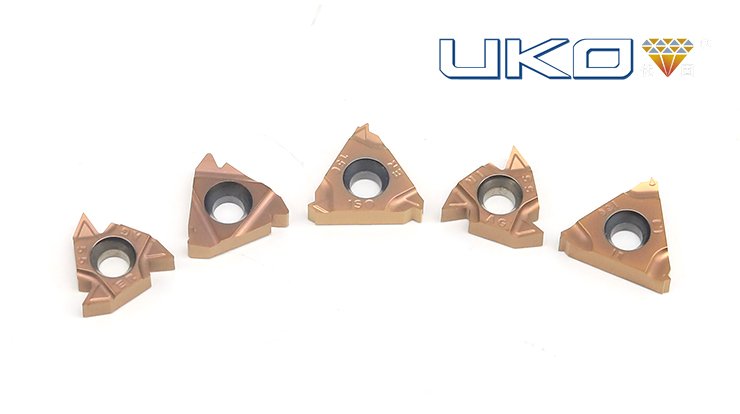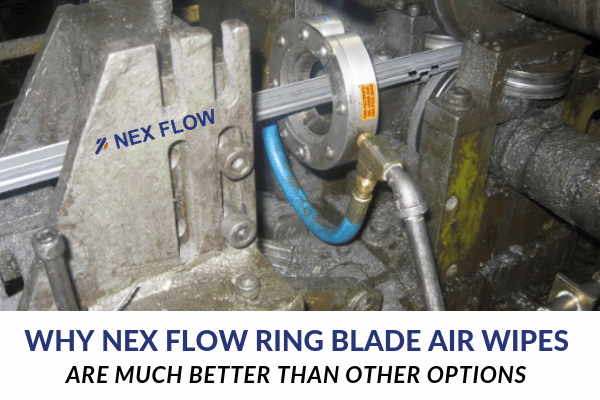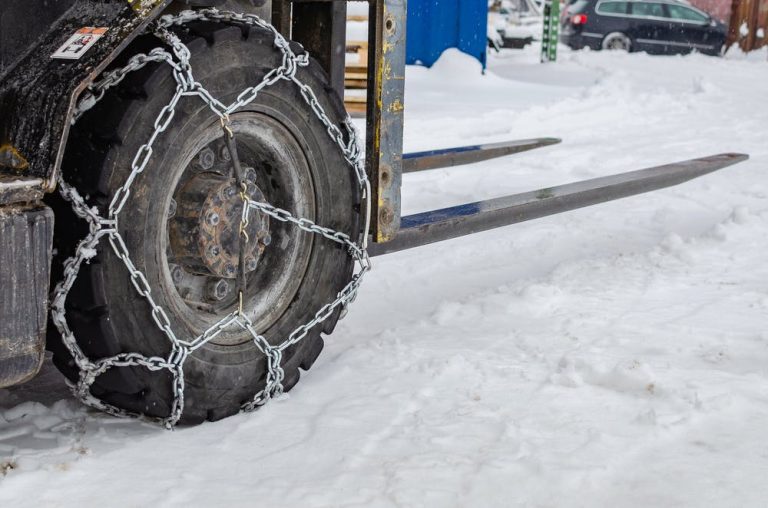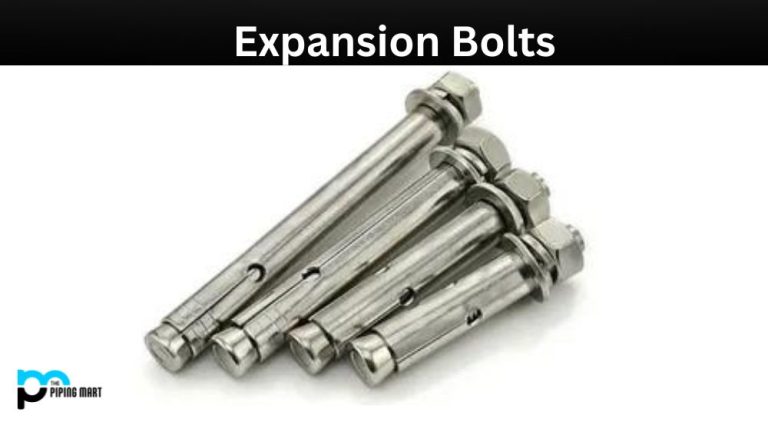Matters needing attention in threading inserts processing.

Firstly is the installation of the tool holder. According to the machine tool used, choose a threaded tool holder that meets the center height of the machine tool. Regardless of the diameter of the workpiece, only one tool holder can be used for the external thread. The internal thread should be selected according to the inner diameter of the workpiece with different diameters of the tool holder, mainly considering the strength of the tool holder. When installing the tool holder, you should fully understand the actual center height of the machine tool used. The center height of the same model machine tool from the same manufacturer will be different.
- When installing the external thread tool holder, select the tool holder with the same center height and install it directly.
- Pay attention to the installation of the internal thread holder: If the machine tool table is round, you need to use a round tool holder. If it is a square tool holder, you can choose a square handle. If you use a round handle tool holder, you must pad the tool holder to a suitable center height. This may cause the center height to be inaccurate, resulting in incorrect thread half angles after processing. It is best to adjust the center height to 0.1-0.2mm from the center line of the machine tool during processing, and it should not be too high, otherwise it will cause flank wear. Of course, if the center height is lower than the center line of the machine tool, the tip of the tool is also easy to be knocked off.
- Use shims, incorrect shims will cause excessive flank flank wear on the insert side.
The second is to consider the performance of the machine tool, which requires good rigidity, high enough speed and good cooling system. In thread processing, a higher cutting speed is often required, generally between 80-120rpm, in order to avoid the generation of built-up edge during the cutting process and obtain a lower surface roughness. The choice of cutting speed depends on the material being processed.
Another noteworthy issue in threading is cooling. Generally, we just flush the coolant onto the workpiece, but in fact, the coolant should be flushed directly to the place where the tool tip touches the workpiece, and the coolant must have a high enough flow L/min (pressure) to flow out of the cooling system for 15-20 minute. This is because during machining, the tip of the threaded insert generates high temperature. Generally speaking, the coolant without pressure evaporates before reaching the tip of the tool, and basically does not play the role of cooling the tip of the tool, but only cools the processed parts, so the tip of the tool is easily burned.
The third is to choose reasonable cutting parameters.
When machining external threads, due to the smooth chip removal, we adopt the straight-forward processing method, but only when the thread requirements are extremely high, we adopt the processing method of controlling the flow of chips.
When machining internal threads, for workpieces with larger inner diameters, due to the smooth chip removal, in-line processing is used in most cases; High quality, then you can use the oblique processing method.
The fourth is the processing of workpiece blanks: it is suitable for threaded insert with wipers.
- When processing external threads, the outer diameter of the blank should be larger than the nominal size of the thread. Such as M30X1.5, the outer diameter of the blank is 30.1MM.
- When machining internal threads, the outer diameter of the blank should be smaller than the nominal size of the thread. Such as M30X1.5, the rough outer diameter is 29.9MM.
If the threading insert breaks during processing, carefully check whether there is residual alloy slag on the workpiece when replacing the insert. If there is, it should be removed before continuing to process.
For more information, please feel free to contact!




